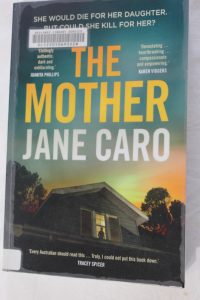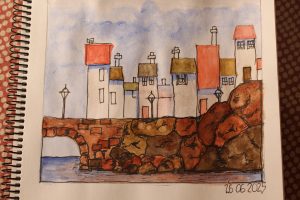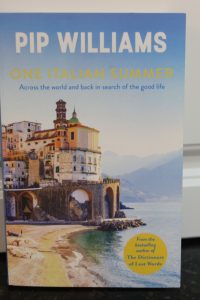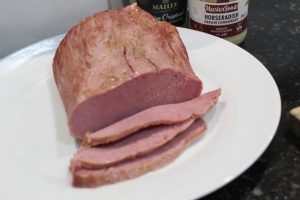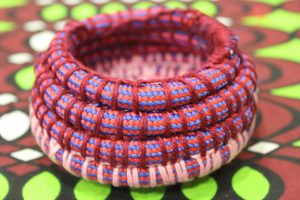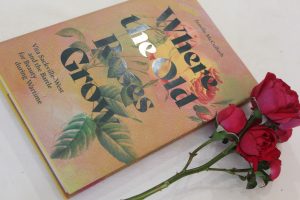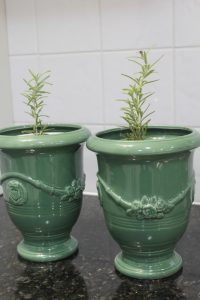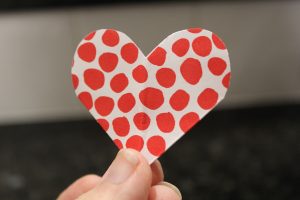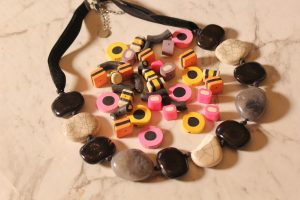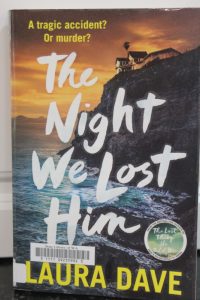lettuce


Image Pixabay
I’ve been trying to buy whole lettuces to avoid packaging. Not a big success so lots of lettuce still being thrown out. In fact, the UK throws away 40% of bagged lettuce bought, estimated to be 37 000 tonnes every year. The same level of wastage is probably mirrored in Australia. When you consider the energy and water involved in growing the lettuces, plus harvesting, transporting and packaging it seems an awful lots of waste.


ImagePixabay
I went looking for a solution. To keep the leaves fresh and usable for a week, the most popular suggestion is to discard any spoiled leaves, wash the remaining leaves then spin or pat dry with a tea towel. Then layer them in a lidded lettuce keeper, which I have finally located in the cupboard. Or place the dried leaves on a tea towel, spread out, put another tea towel on top and roll it all into a sausage. Store in the vegetable drawer in the fridge. It was a bit of a faff but it did motivate me to find the lettuce keeper.
Apparently, you can revive sad lettuce leaves so long as they’re not slimy by submerging them in a bowl of chilled water for about 20 minutes. Spin or pat dry. Enjoy.


Image Pixabay
I also read you can regrow a lettuce by submerging the ‘core’ in water. Keep the water fresh and mist the top. I have successfully grown celery by planting the cut off base in the garden. It was good for quite a while but then the stalks started tasting very bitter.


Image Pixabay
Forgotten vegetables languishing in the fridge can be composted. This is mentioned in nearly everything I read about lettuces. I don’t make compost, I make evil smelling slime. Not nice, but I have been motivated to try the Bokashi bin again. I’ll see how it goes.


Image Pixabay
While we are flat out avoiding food waste, do you freeze lemons? I’ve never tried, but apparently you can’t really freeze them whole as they go squishy when they’re thawed. The advice is to freeze the zest, juice and slices separately. I just can’t see myself doing that nor accommodating all the little containers in the freezer. Luckily, we have fresh lemons and limes year round.
another book by lisa see
I’ve just read Lisa See’s book The Tea Girl of Hummingbird Lane. See’s intricate analysis of life in old China results in fascinating stories. I was immediately engaged by The Tea Girl of Hummingbird Lane. Based on the lives of the Akha, an Ethnic Minority group in Yunnan, I was amazed to discover the story begins in 1988. The clan structures, the humble housing, the reliance on folklore, the power of the spiritual leader, poor access to education and the subservient role of women all suggested a time long gone.


The community rely on tea. Their old tea trees, nurtured in hidden groves, become highly sort after. As the community becomes wealthier, so the strict rules loosen. Meanwhile, the Tea Girl, conceives a child with a man unacceptable to her family, gives the baby girl to one of the many adoption centres in another town, later marries the father and goes to Thailand. He deals in opium, becomes an addict and is killed by a tiger.
The girl, now in her 20s is unwelcome in her community. She becomes an authority on old, highly sought after teas, meets a man, marries and builds her business in Guangzhou. It has a happy ending after years of turmoil and disappointment.
After I finished the book we watched the film adaptation of Snow Flower and the Secret Fan on demand. Based on one of See’s highly acclaimed books, it was beautifully filmed. Hugh Jackman’s role as the love interest was surprising! The Tea Girl of Hummingbird Lane has also been made into a film, but has not been released.


